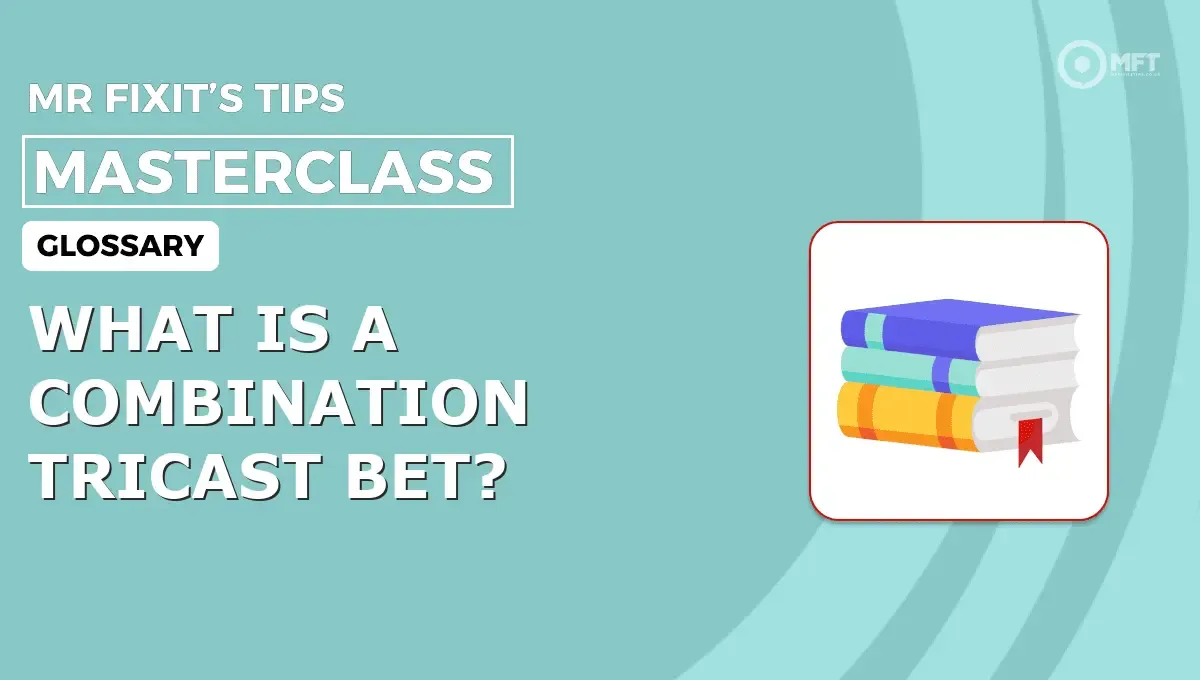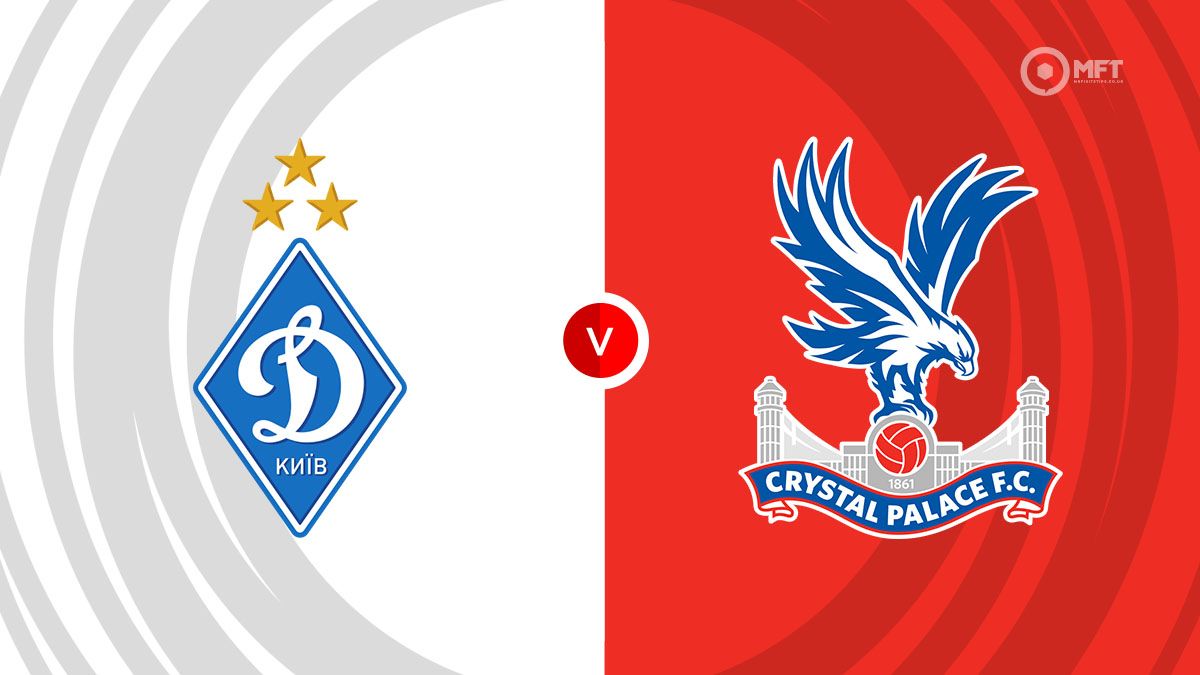What is a combination tricast bet?
A combination tricast is a betting wager where you select three horses or greyhounds to finish in the top three positions of a race, but they can finish in any order. Unlike a straight tricast where the exact finishing order matters, this bet covers all possible permutations of your three selections finishing 1st, 2nd, and 3rd.
Why is combination tricast important in betting?
- It offers more flexibility than straight tricasts while maintaining the potential for massive payouts
- You can include more than three selections to increase your chances of landing the correct trio
- It's an excellent stepping stone for punters not quite ready for the strictest tricast requirements
Ready to unlock the secrets of one of horse racing's most rewarding yet challenging bets? Let's dive into the world of combination tricasts.
Understanding combination tricast fundamentals
Right, let's get our heads around this properly. A combination tricast is essentially tricast betting with training wheels – but don't let that fool you into thinking it's easy money. You're still trying to predict the first three finishers in a race, which is about as straightforward as explaining the offside rule to your nan.
The beauty of this bet lies in its flexibility. While a straight tricast demands you nail the exact 1-2-3 finishing order, a combination tricast gives you breathing room. Your three selections just need to occupy the top three spots, regardless of the order they cross the line.
How the mathematics work
When you place a combination tricast with three selections, you're actually making six separate bets. Let's say you fancy Horse A, Horse B, and Horse C to fill the frame. Here's what you're covering:
| Bet Number | 1st Place | 2nd Place | 3rd Place |
|---|---|---|---|
| 1 | Horse A | Horse B | Horse C |
| 2 | Horse A | Horse C | Horse B |
| 3 | Horse B | Horse A | Horse C |
| 4 | Horse B | Horse C | Horse A |
| 5 | Horse C | Horse A | Horse B |
| 6 | Horse C | Horse B | Horse A |
This means your £10 combination tricast actually costs £60 – six tenners covering each permutation. Only one of these bets can win, mind you, but that's the price of flexibility.
Important stake calculation
- 3 selections = 6 individual bets
- 4 selections = 24 individual bets
- 5 selections = 60 individual bets
- 6 selections = 120 individual bets
- 7 selections = 210 individual bets
Multiple selection combination tricasts
Now we're getting into the territory where things can get properly expensive, but also where the chances of landing a winner improve dramatically. You can include four, five, six, or even more horses in your combination tricast, covering every possible way they can finish in the top three.
Think of it like this: if you're watching a competitive handicap at Cheltenham and you reckon five horses have realistic chances of making the frame, you can back all five in a combination tricast. The downside? You'll need 60 individual stakes to cover every permutation.
When to consider multiple selections
Multiple selection combination tricasts work best when you've spotted a competitive race where the form is tight. Perhaps you're looking at a Class 2 handicap at York where the top-rated six horses are separated by just 4lbs. In these scenarios, form analysis becomes crucial.
💡Expert Tips: Most seasoned punters stick to four or five selections maximum. Beyond that, you need some serious dividends to show a profit, and you're essentially playing lottery numbers at that point.
Computer tricast dividends explained
Here's where combination tricasts get interesting – and slightly unpredictable. Unlike your standard win or place bets with fixed odds, tricast payouts are calculated using a computer algorithm after the race finishes. You won't know your potential returns until the dust settles.
The computer considers several factors when calculating the dividend:
- Starting prices of the first three finishers: Three 20/1 shots filling the frame will pay considerably more than three odds-on favourites
- The favourite's finishing position: If the jolly gets turned over, dividends typically increase
- Race type and field size: Competitive handicaps generally offer better value than conditions races
- Track characteristics: Any draw bias or course-specific factors are considered
Record payouts and realistic expectations
Tricast dividends can range from modest to absolutely life-changing. We've seen dividends exceeding £70,000 at prestigious meetings like Cheltenham, but these are rare gems. More typically, you might see dividends ranging from £20 to £500, depending on the race dynamics.
Non-runner scenarios
If one of your selections becomes a non-runner, your bet doesn't automatically void. Most bookmakers will adjust your combination tricast to either a combination forecast (covering two selections for first and second) or potentially reduce the number of permutations covered. Always check the specific terms with your bookmaker.
Placing your combination tricast bet
Most major bookmakers offer combination tricasts on eligible races – typically handicaps with eight or more declared runners, though six must actually run. Look for the tricast tab or section on the racecard, where you'll usually find options to select horses for “Any” position in the first three.
The betting interface will automatically calculate how many individual bets you're placing as you add selections. Once you're happy with your choices, enter your unit stake, and the system will multiply this by the number of permutations to give you the total cost.
Available on which sports
While combination tricasts are primarily associated with horse racing and greyhound racing, the concept exists in other sports under different names. Formula 1 podium betting, Premier League top three predictions, and similar markets operate on the same principle, though these are typically offered at fixed odds rather than computer-calculated dividends.
💡Expert Tips: Tote-affiliated sites offer “Combination Trifecta” bets, which work identically to combination tricasts but use pool betting principles for dividend calculation rather than the standard computer formula.
Strategy considerations for combination tricasts
Success with combination tricasts requires solid form analysis and realistic expectations. You need to identify races where you have strong opinions about multiple horses while understanding that even with several selections, these bets remain challenging to land.
Consider factors like recent form, track conditions, jockey bookings, and trainer patterns. A combination tricast works best when you've identified a race where several horses have legitimate winning chances, not when you're just chucking darts at a board.
Bankroll management
Given the multiple stakes involved, proper bankroll management becomes crucial. A seemingly modest £5 combination tricast with five selections actually costs £300. Only bet what you can afford to lose entirely, and consider combination tricasts as occasional punts rather than regular betting strategies.
Master advanced tricast strategies
Ready to explore more sophisticated tricast betting approaches? Check out our comprehensive guide on tricast betting strategies to discover professional techniques for maximizing your chances of landing these lucrative bets.
Quiz – Test your knowledge about combination tricasts
1. How many individual bets are required for a combination tricast with three selections?
Answer: 6 individual bets covering all possible finishing orders.
2. What happens to the total stake when you add a fourth selection to your combination tricast?
Answer: It increases from 6 individual stakes to 24 individual stakes.
3. How are combination tricast dividends calculated?
Answer: Using a computer algorithm after the race, considering factors like starting prices, favourite's position, and race type.
4. What's the minimum number of runners typically required for tricast betting?
Answer: Eight declared runners with at least six actually running the race.
5. Can you include more than three horses in a combination tricast?
Answer: Yes, you can include four, five, six, or even more selections, though the number of individual bets increases dramatically.
6. What's the main advantage of a combination tricast over a straight tricast?
Answer: Your selections can finish in any order within the top three, providing much more flexibility.
7. If one of your selections becomes a non-runner, what typically happens to your bet?
Answer: The bet usually converts to a combination forecast or reduces the number of permutations, rather than voiding completely.
Master your card betting strategy
Card betting offers genuine value for punters willing to do their homework. From referee analysis to team temperament studies, there's a wealth of data to exploit. Ready to take your football betting to the next level with comprehensive strategic guides?



















































 GambleAware
GambleAware